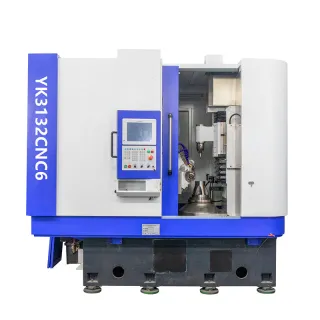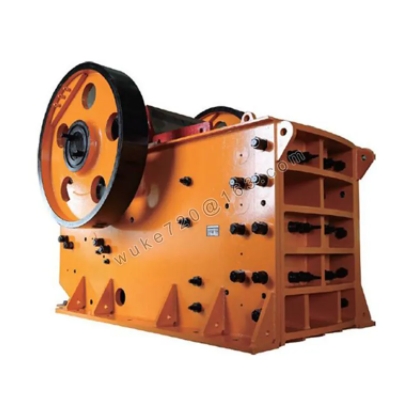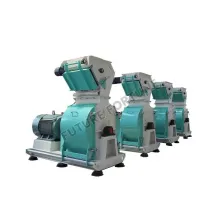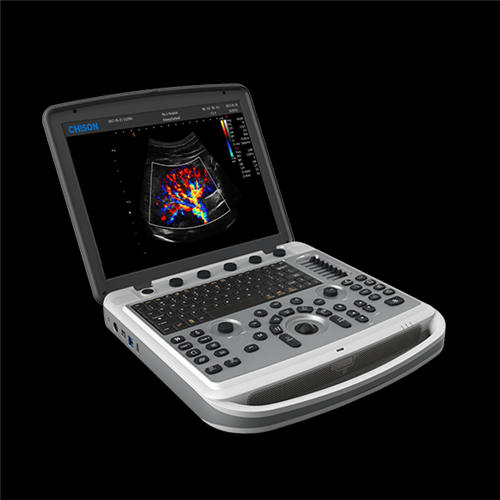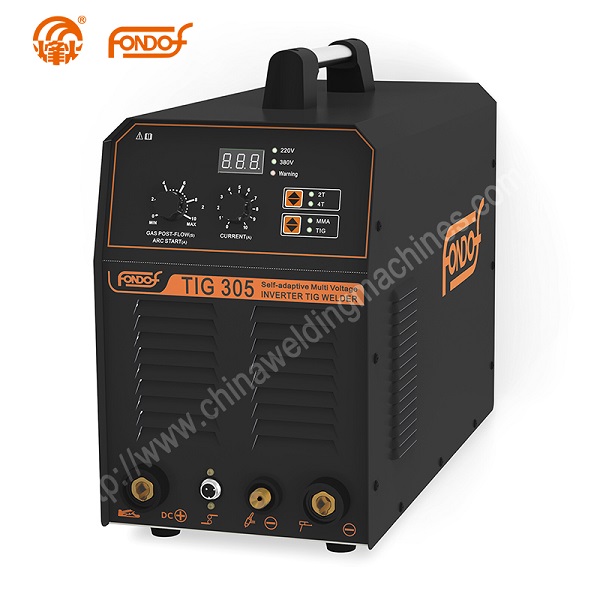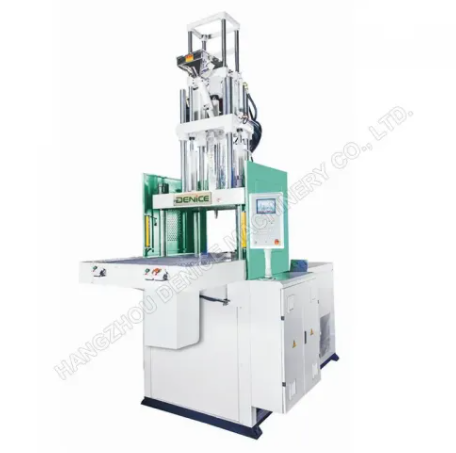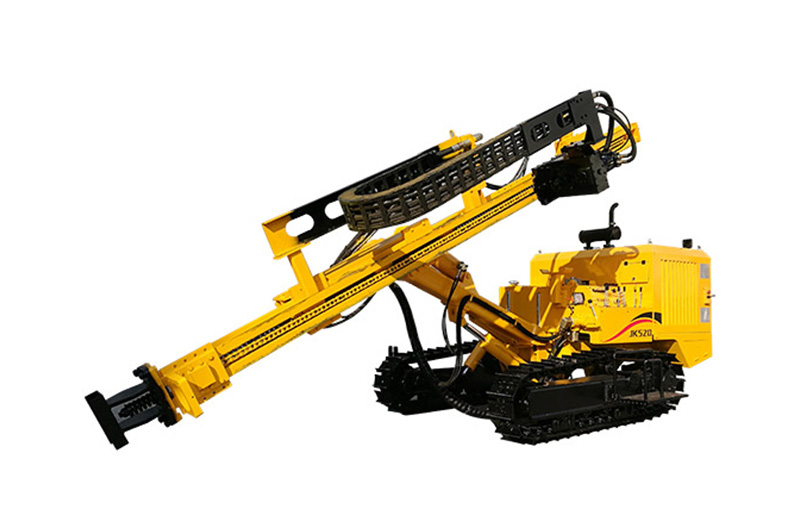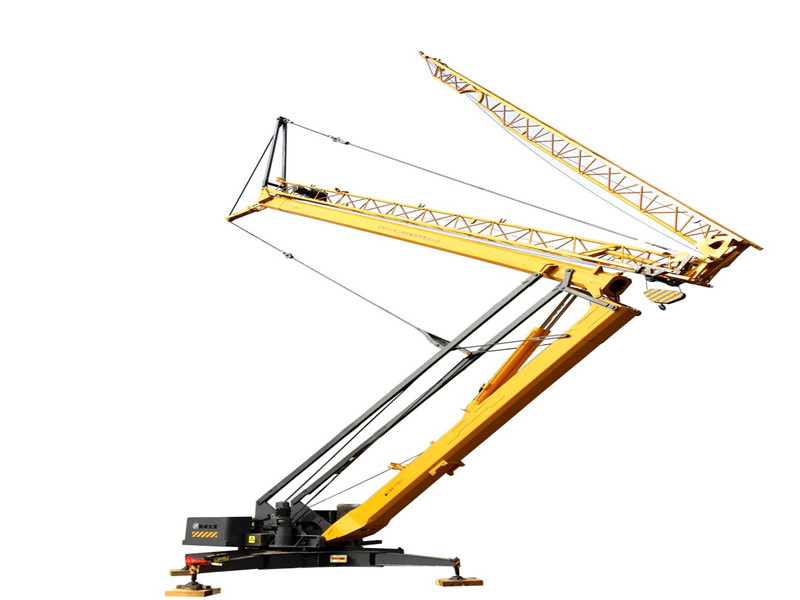Internal Spline Cutting vs. External Spline Cutting: Which is Right for Your Project?
Spline cutting is a machining process that involves creating ridges or teeth on a shaft or inside a bore to facilitate the efficient transfer of torque. When it comes to spline cutting, there are two primary approaches: internal spline cutting and external spline cutting. Both methods have their unique characteristics and applications.
Internal spline cutting, as the name suggests, involves cutting grooves or teeth on the inside of a bore or hole. This process is commonly used when you need to mate two parts together within an enclosed space or when the spline is meant to engage with another component located inside the bore.
Advantages of Internal Spline Cutting:
Space Efficiency: Internal splines are ideal when space is limited, as they do not add external protrusions to the component.
Improved Torque Transmission: Internal splines can provide better torque transmission because they allow for larger and more robust teeth due to the confined space.
Reduced Wear and Tear: Internal splines are protected from external environmental factors, reducing the risk of wear and tear.
Applications of Internal Spline Cutting:
Gearboxes
Automotive transmissions
Hydraulic cylinders
Pump systems
Compressors
External Spline Cutting:
External spline cutting involves cutting teeth or grooves on the outside surface of a shaft or cylinder. This method is typically used when the spline needs to engage with an external component or when a sliding or rotating part requires grip and torque transmission.
Advantages of External Spline Cutting:
Additional resources:How to choose the best Plating Machine for your business?
15 Best Hair Straighteners and Flat Irons for All Hair
Enhancing Safety and Quality Control: The Glove Leak Detection Machine
The Versatility and Efficiency of Rubber Conveyor Belts
Rubber Conveyor Belt: A Backbone of Industrial Efficiency
How Does a Hydraulic Mill Roll Stand Work?
How does a hot pressing machine work?
Ease of Assembly: External splines are easier to assemble and engage with other components, making them suitable for applications where disassembly and maintenance are required.
Enhanced Grip: External splines provide better grip and rotational control, making them suitable for components that need to be turned or operated manually.
Visible Inspection: External splines are readily visible and can be easily inspected for wear and damage.
Applications of External Spline Cutting:
Shafts for power transmission
Couplings
Gears
Shafts for industrial equipment
Axles for vehicles
Choosing the Right Option for Your Project:
Consider the Application: Determine whether your project requires internal or external spline cutting based on the specific functionality and engagement requirements.
Space Constraints: Evaluate the available space and clearance within your components. If space is limited, internal spline cutting may be the better choice.
Assembly and Maintenance: If your project involves frequent assembly and disassembly or maintenance, external spline cutting may be more practical.
Torque and Load Requirements: Assess the torque and load requirements of your application. Internal splines may provide better torque transmission in confined spaces.
Internal spline cutting and external spline cutting are two distinct methods, each with its advantages and ideal applications. To determine which is right for your project, consider factors such as space constraints, assembly needs, torque requirements, and the specific functionality of your components. Ultimately, the choice between internal and external spline cutting will depend on the unique demands of your project and your desired outcomes.
Vertical Mast Lift: Enhancing Efficiency and Safety in Elevated Work
Articulating Boom Lift: Enhancing Reach and Versatility
Why are Single-Line Diagrams important in electrical engineering?
Vane Compressors: Efficient and Reliable Air Compression Technology
Crimped Wire Mesh Machinery: Streamlining Wire Mesh Production
How does a fine powder grinding machine work?
The Laser Cutter Revolution: Transforming Design and Manufacturing





